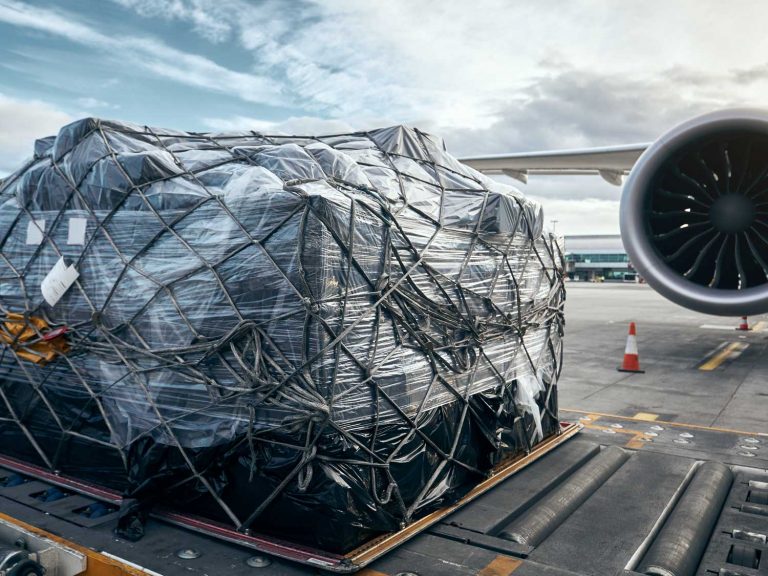
Date:
PPE supply chains critical for months
The critical flow of PPE, medical supplies and equipment to combat COVID-19 likely to persist well into the second half of the year, from China, the United States and across Europe.
The continuous flow of PPE, medical equipment and products, particularly from China, is set to continue for at least the next 2-3 months, especially as it seems that only hospitals and ‘essential’ workers are just starting to receive their supplies, meaning that demand is almost entirely undiminished.
Metro are successfully importing and distributing millions of PPE units per week throughout Europe and UK.
With air freight capacity, sinking more than 50% below its 2019 level in the week to 5 April, freighters and charters have been our primary vehicles for transporting inbound PPE from China.
We have noted an increase in widebody belly capacity, largely as a result of a growing number of passenger aircraft being converted to all-cargo mode cargo, but we will continue to book charters, at least in the short-term to ship our largest volume orders.
As new PPE and medical equipment supply chains become established and air freight capacity continues to expand, we are mindful that congestion at some origin and destination airports may need to be factored in. Another reason why we will continue to support freighters and charters use of provincial airports, to cut costs and avoid congestion.
“We will continue to support freighters and charters use of provincial airports, to cut costs and avoid congestion”
There is the potential challenge of congestion at some airport warehouses, especially at hub gateways, because of the high volumes of cargo.
Any congestion is likely to be related to the lockdowns in certain countries where industrial activity is limited and supply chains have been disrupted, making significant backlogs in cargo inevitable.
Some European airports, including Frankfurt, are congested, with truck waiting times of up to 10 hours and clearance delays because many flights have to be unloaded by hand.
UK primary and regional airports have amended working practices and there has been increases in ground-handling costs, but operations are largely resilient.
